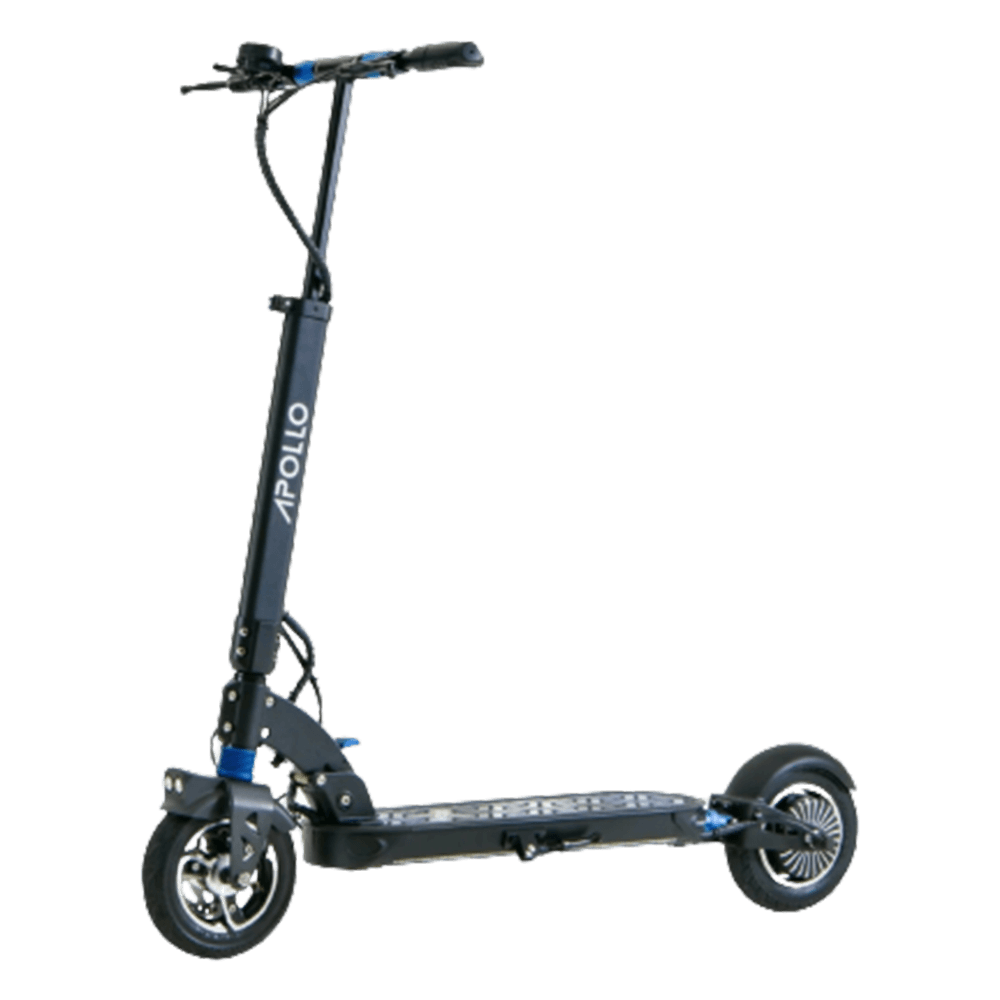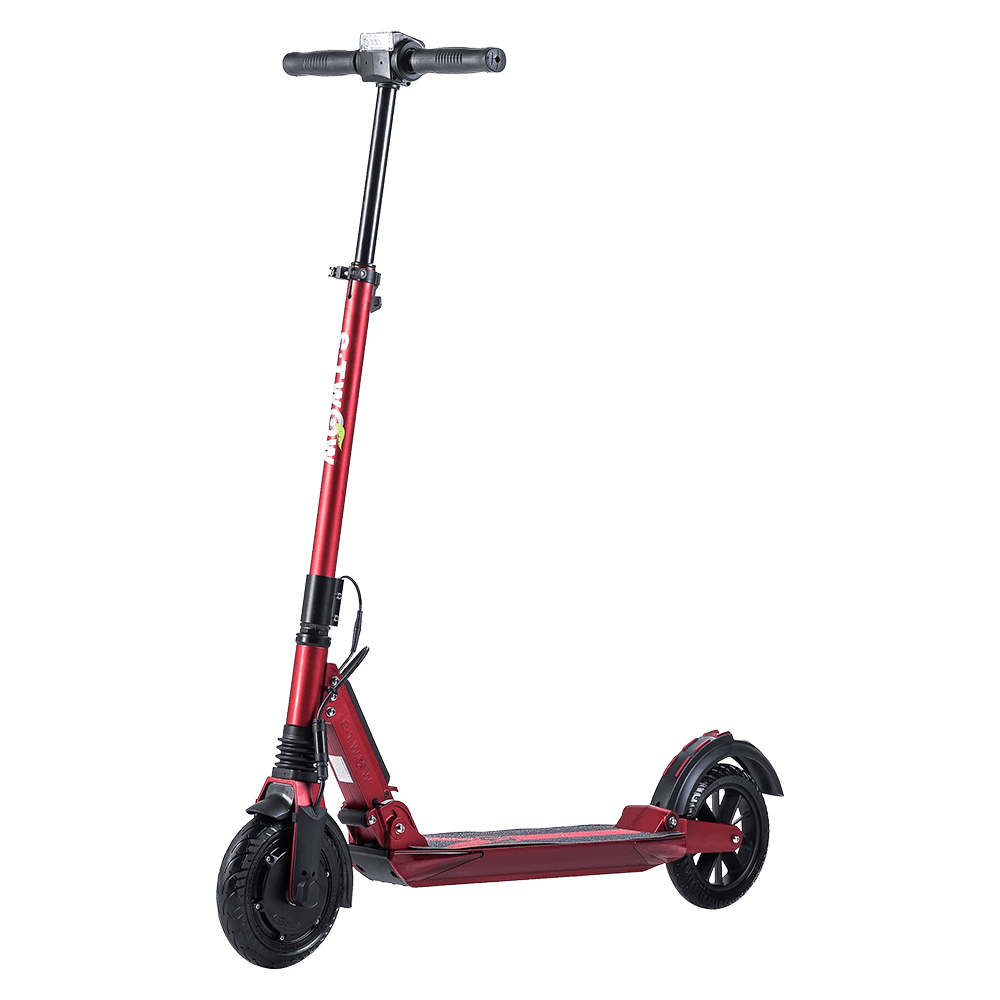Electric scooter comparison
Compare the Apollo City Pro and the UScooters Booster V
Review the specs, pricing, and rider-focused details for the Apollo City Pro versus the UScooters Booster V. Every matchup is sourced from Levy's internal database so you can make a confident choice.

Scooter A
Apollo City Pro
Range 22.7 mi • Top speed 30.9 mph
$1,799

Scooter B
UScooters Booster V
Range 12.6 mi • Top speed 23.9 mph
$949
Specification breakdown
| Spec | Apollo City Pro | UScooters Booster V |
|---|---|---|
| Range (mi) | 22.7 mi | 12.6 mi |
| Top speed (mph) | 30.9 mph | 23.9 mph |
| Weight (lbs) | 65.7 lbs | 25.4 lbs |
| Motor power (W) | 1,000 W | 500 W |
| Battery capacity (Wh) | 864 Wh | 378 Wh |
| Brakes | Drum | Foot |
| Tires | Pneumatic | Solid |
| Waterproof rating | IP56 | None |
| Suspension | Dual Spring | Dual Spring |
| Price (USD) | $1,799 | $949 |
Comparing the Apollo City Pro and UScooters Booster V Electric Scooters
The comparison of the Apollo City Pro and the UScooters Booster V Electric scooters will help potential buyers make the best choice according to their needs.
Starting with the Apollo City Pro, it boasts a powerful 600W motor which can reach a top speed of 25 miles per hour. It has a maximum range of 28 miles, thanks to its 13.2AH battery. One of its most prominent features includes the dual suspension which allows for comfortable and smooth rides even on rough terrains. Additionally, the Apollo City Pro features an LED display, integrated lights, and disc brakes for enhanced safety.
On the other hand, the UScooters Booster V has a lighter model, weighing just 24 pounds while the Apollo weighs 39 pounds. Thus, if portability is a priority, the Booster V is easier to carry and store. The Booster V has a slightly lower top speed of 24 miles per hour and a reduced maximum range of 24 miles. However, it compensates with its three riding modes - eco, normal, and sport, allowing the rider to adjust according to their ride conditions.
Safety is ensured on the Booster V with solid tires, a rear drum brake, and electric brake system. It also features an LED display and integrated lights, much like the Apollo City Pro. One unique advantage the Booster V holds is the IP54 waterproof rating, offering protection against water damage.
Both scooters have their own advantages: the Apollo City Pro has a stronger motor and longer maximum range, ideal for longer commutes; whereas the UScooters Booster V is lighter and more portable, and has a better waterproof rating. Choosing between the two should be based on individual requirements and priorities.
Keep researching with Levy
Browse thousands more matchups or reach out to our team for personalized scooter advice.


